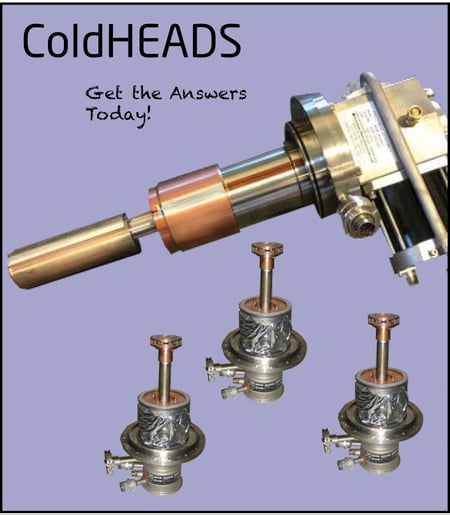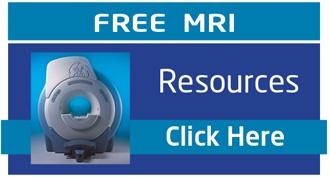If you have an MRI in your clinic, hospital, imaging center, practice or healthcare facility, it’s important to know what a coldhead is and how to keep it in tip top condition. An MRI coldhead is a mechanical device that recondenses helium gas back to liquid after it has cooled your MRI magnet. This prevents helium from burning off, keeps your magnet at required temperature levels and prevents magnet quench.
and how to keep it in tip top condition. An MRI coldhead is a mechanical device that recondenses helium gas back to liquid after it has cooled your MRI magnet. This prevents helium from burning off, keeps your magnet at required temperature levels and prevents magnet quench.
Cold head performance is measured by a recondensing margin. The recondensing margin is a measurement that indicates the cooling capacity. It can be found on your MRI console. Each system is different, so it’s important to note your system’s specific metrics. However, one thing all MRI systems have in common is this: the MRI coldhead requires regular maintenance, just like your car. If you don’t replace critical parts as needed, it can result in a catastrophic failure of your MRI system which can negatively impact time, revenue, performance and patient care.
As your MRI coldhead ages, it loses about 10% of its cooling capacity every year. This is a result of the volume of continuous cooling. Because your coldhead is pulsing 24 hours a day, 365 days a year, it will eventually wear out. As a rule, a coldhead will last for about 18-24 months before it has to be replaced.
There are two primary reasons that coldheads fail. One is contamination, and the other is worn-out parts.
An MRI coldhead can become contaminated as a result of impurities in the helium, or because oil found in the inside of the compressor has migrated into the coldhead. This often occurs because of a saturated filer or absorber. This can occur gradually over time, which is why it’s important to perform routine maintenance.
How Your Coldhead Can Last Longer
If you want a coldhead to perform well for years instead of requiring constant maintenance it’s important to use high-quality replacement parts and a knowledgeable field engineer. If you use substandard replacement parts or installation, it’s easy to get helium contamination and shorter life span, longer downtimes for maintenance and repairs and more headaches.
It’s also important to make sure your coldhead goes through dynamic testing instead of bench testing. With dynamic testing, each coldhead is tested in every position to make sure it works. With bench testing, the coldhead is tested in just one static position. There’s no guarantee it will work in every position.
It’s also a good idea to monitor your MRI magnet remotely so you catch potential problems before cryogen loss can occur. With real-time push monitoring, you can detect potential problems and get alarms about the precise nature of the problems. That means you can respond to a problem quickly so your system will last longer.
If you have any questions about coldheads, remote magnet monitoring and replacement parts, be sure to talk to an expert at Atlantis Worldwide. We’re here to help you find the right medical imaging equipment, at the right price and protect your investment. Contact Us Today!




